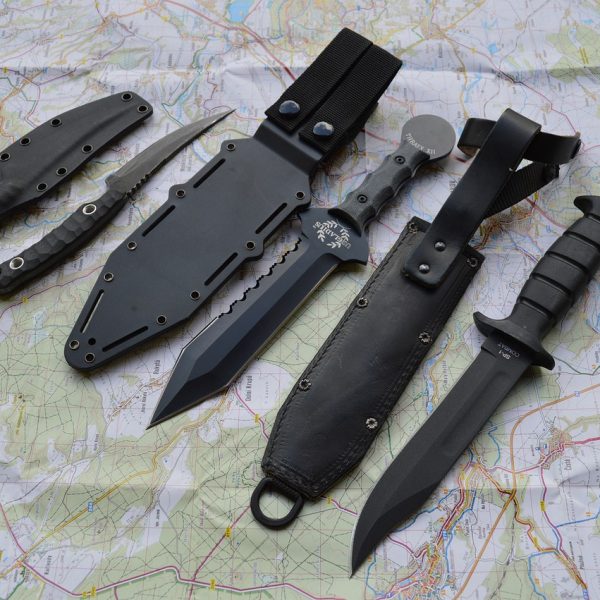Tempered
Tempered steel offers an equilibrium between sturdiness and low support, high-carbon steel conveys unmatched sharpness, and Damascus gives both excellence and execution. In the mean time, earthenware and titanium offer one of a kind benefits for particular use. No matter what the material you pick, legitimate consideration and upkeep will guarantee that your gourmet specialist's blade stays a dependable device in the kitchen into the indefinite future.


